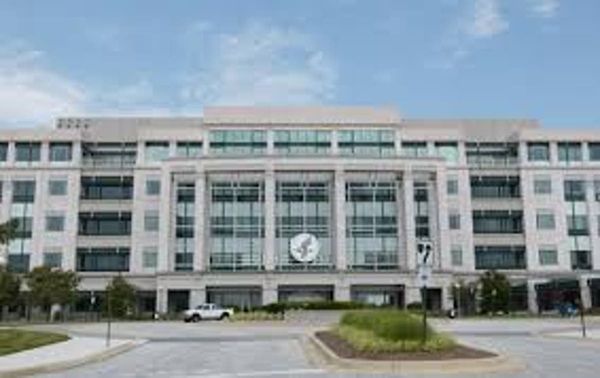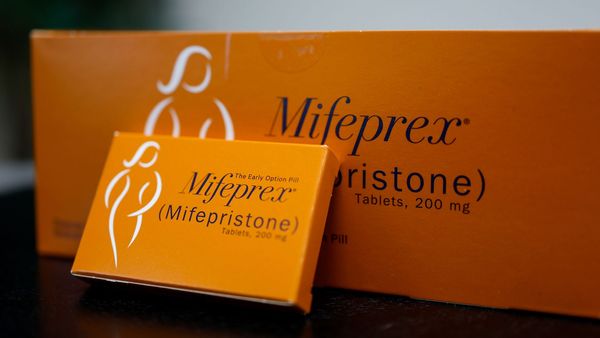Exceptionally warm weather continues to pose a risk of heat exhaustion and heatstroke, particularly to vulnerable people.
Ireland is under a nationwide yellow weather warning as Met Eireann forecasts daytime temperatures could reach 32C in places today. The warm weather is set to continue over Leinster on Tuesday (July 19).
While heat exhaustion is not usually serious, heatstroke needs to be treated as an emergency, according to the HSE. These are the signs to be aware of and how to prevent escalation.
READ MORE: Met Eireann forecasts heatwave end date in update
What are the symptoms of heat exhaustion?
Heat exhaustion is less serious than heatstroke but still needs to be treated. If you or someone else displays the following symptoms, steps need to be taken to cool down within 30 minutes:
- Headache
- Dizziness and confusion
- Loss of appetite and feeling sick
- Excessive sweating and pale, clammy skin
- Cramps in the arms, legs and stomach
- Fast breathing or pulse
- High temperature of 38 degrees Celsius or above
- Being very thirsty
Symptoms are often similar in adults and children, although young people may also become floppy and sleepy. You can cool someone down by moving them to a cool place, getting them to lie down with their feet raised, providing them with plenty of water and cooling their skin with a spray or cold packs.
They should begin to feel better within 30 minutes. More information can be found on the HSE website.
What are the symptoms of heatstroke?
Heatstroke can be very serious if not treated quickly. Call 999 or 112 if you or someone else displays the following symtoms:
- Feeling unwell after 30 minutes of resting in a cool place and drinking plenty of water
- Not sweating even while feeling too hot
- High temperature of 40C or above
- Fast breathing or shortness of breath
- Feeling confused
- Having a fit (seizure)
- Loss of consciousness
- Not responsive
The person should be put in the recovery position if they lose consciousness while waiting for help. More information can be found on the HSE website.
How can I prevent heat exhaustion and heatstroke?
Hot weather presents a high risk of developing heat exhaustion or heatstroke, according to the HSE. The health body advises:
- Drink plenty of cold drinks, especially when exercising
- Take cool baths or showers
- Wear light-coloured, loose clothing
- Sprinkle water over your skin or clothes
- Avoid the sun between 11am and 3pm
- Avoid excess alcohol
- Avoid extreme exercise
READ NEXT:
Peculiar scene as €50 notes scattered along Irish quay as gardai issue warning to public
Urgent solar storm alert sparks Ireland blackout fears as huge flare heads towards Earth
Ex-Penneys worker explains the ‘one thing’ you should avoid when shopping in-store
Cheapest time to use your washing machine each day to save money on energy bills during summer
Met Eireann issues crushing heatwave update as experts spot freak jet stream vortex







